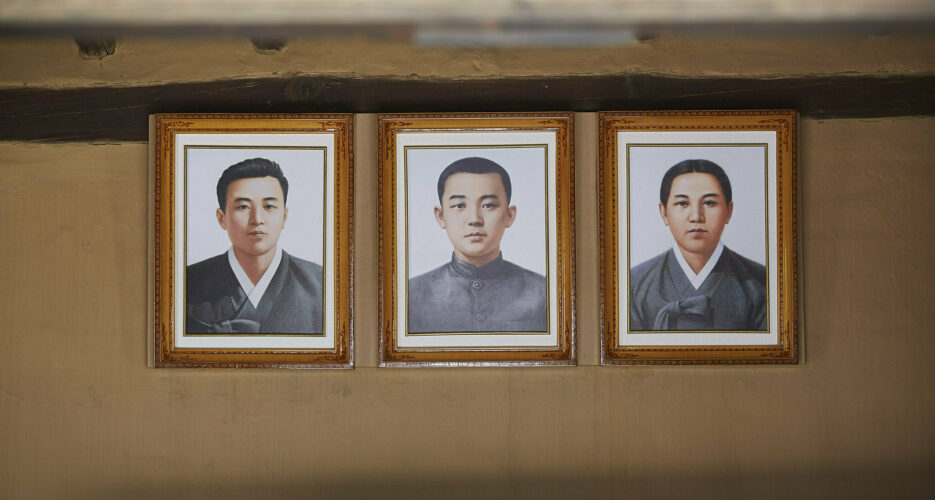About the Author
Fyodor Tertitskiy
Fyodor Tertitskiy is a lecturer at Seoul’s Korea University. He is the author of "Accidental Tyrant: The Life of Kim Il-sung" and several other books on North Korean history and military.

Get behind the headlines
|
Evergreen Cults of the forgotten wives: Kim Song Ae and Ko Yong HuiThe rise - and fall - of two former DPRK first ladies  All of our readers are likely quite familiar with the cult of the Kim family: Kim Il Sung, Kim Jong Il, and Kim Jong Un, as well as the cult surrounding Kim Il Sung’s first wife Kim Jong Suk. But they are possibly less aware of other members of the Kim family who also once enjoyed their own small personality cults: namely Kim Song Ae (김성애), another of Kim Il Sung’s wives, and Kim Jong Un’s mother Ko Yong Hui (고용희). © Korea Risk Group. All rights reserved. |